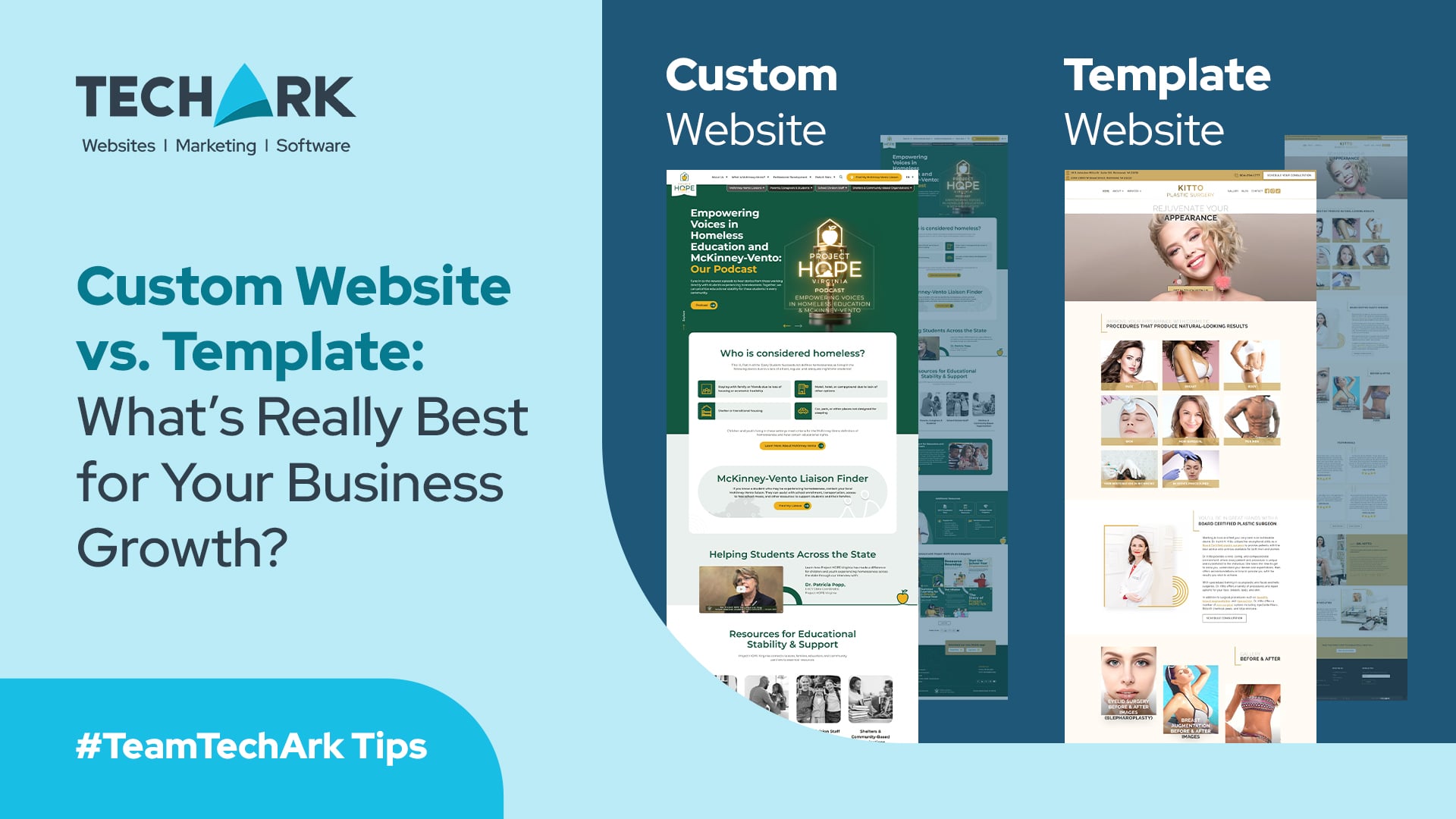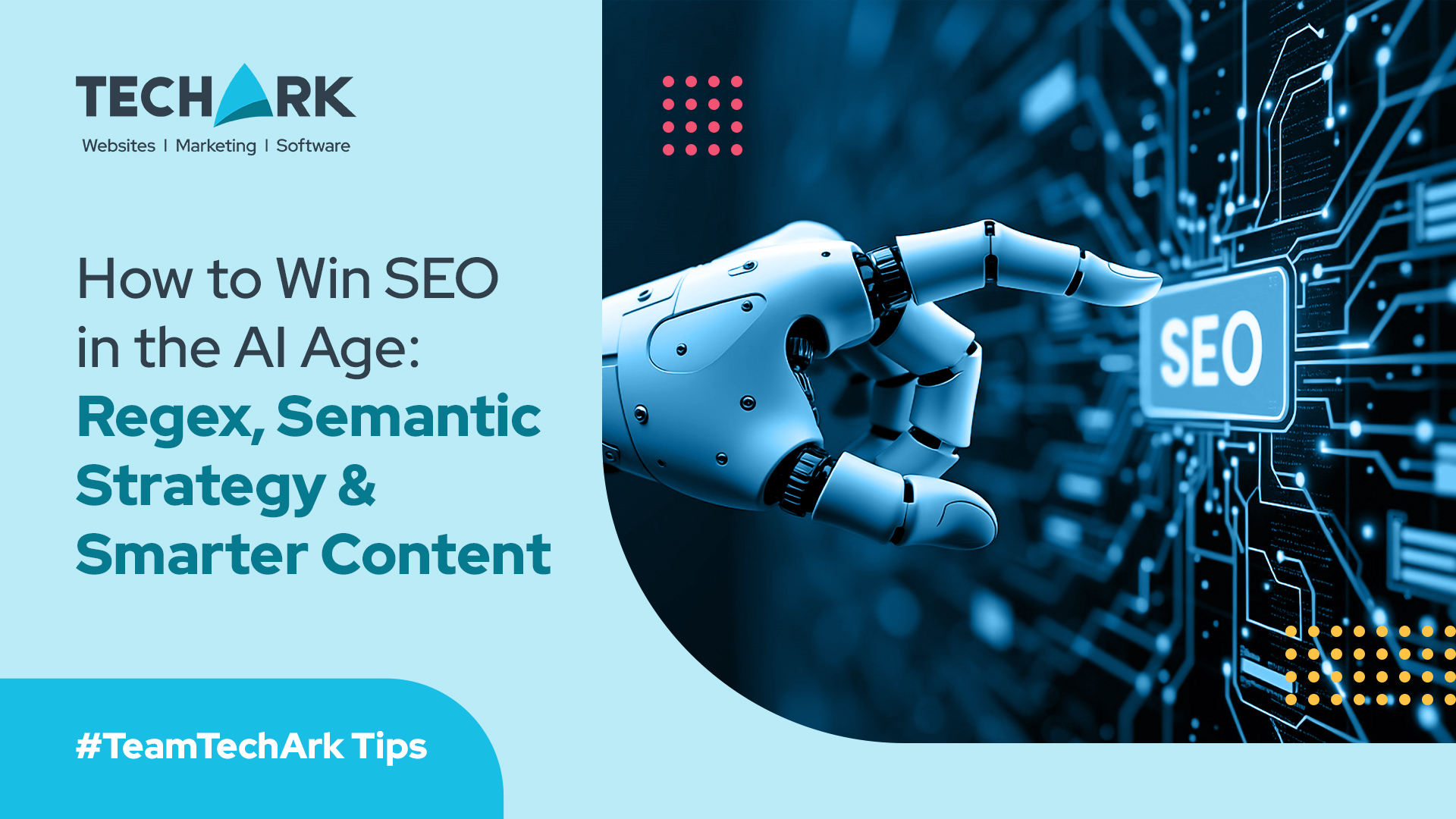Contact Us
Send Us a Message
Need expertise and innovation on your project? Our team can help.
Designing a website often feels like a balancing act. Do you prioritize user experience (UX), making it simple, fast, and engaging for visitors? Or do you focus on SEO, optimizing for search engines to attract more traffic? Many businesses feel like they have to choose—either create a website that users love or one that ranks well in search results.
But what if you didn’t have to choose? Inclusive design bridges the gap between UX and SEO, allowing you to create a site that’s accessible, easy to navigate, and also optimized for search engines. This inclusive approach can achieve the best of both worlds, helping you connect with more people while creating a smooth, welcoming experience for everyone who visits.
Table of Contents
Why Inclusive Design Matters for UX and SEO
Inclusive design creates a welcoming environment where every user can easily interact with a website, regardless of their abilities. By focusing on accessibility, you make navigation simpler, improve readability, and reduce barriers—creating a more engaging experience for everyone.
From an SEO perspective, inclusive design also gives you a competitive edge. Search engines prioritize websites that offer high-quality, accessible experiences. For instance, Google favors mobile-friendly sites with fast load times and well-structured layouts, all of which are hallmarks of inclusive design. When you make your site accessible for users, you’re also helping search engines understand and rank your content more effectively.
How Inclusive Design Improves SEO
Inclusive design is packed with SEO benefits that can strengthen your site’s online presence. Features like structured headings, alt text for images, and clear navigation all contribute to better rankings. Mobile responsiveness is another critical component, as search engines favor sites that adapt well to mobile devices.
Another often overlooked benefit is page speed. Websites designed inclusively tend to prioritize optimized images and streamlined layouts, resulting in faster load times. This is not only beneficial for users who may be on slower networks but also signals to search engines that your site provides a quality experience.
Key Components of an Inclusive Website
Creating an inclusive website requires attention to key design elements that cater to a broad audience and support SEO goals.
- Growth-Oriented Design: Websites should be scalable and adaptable, able to evolve with changing technologies and audience needs. This growth mindset ensures that your site remains relevant and accessible, accommodating users as they, and the technology they use, change.
- Optimized for Search: Accessibility features such as descriptive image alt text, intuitive headings, and fast load times all contribute to improved search engine performance. An inclusive design isn’t just user-friendly; it’s optimized to rank well in search results too.
- Engagement-Driven Content Management Systems (CMS): The right CMS can enhance accessibility and user engagement. Systems like WordPress, Joomla, and Drupal allow for flexible design and content management, supporting features that enhance UX and inclusivity. An accessible CMS helps manage content that’s easy to navigate for all users, regardless of their abilities or the devices they use.
Proven Process for Successful Website Development
To create an inclusive, high-performing website, following a structured development process is essential. A proven approach ensures each aspect of the website—from structure to design—meets the highest standards in accessibility and usability.
- Project Planning: Start with a thorough assessment of your existing site and goals. A strategic project outline helps identify the best design approach, whether it’s a site migration or a complete redesign.
- Content Messaging & Development: Content that’s clear and strategically structured is vital for guiding users through your website. The messaging should consider the user journey, helping them find relevant information quickly and intuitively.
- Design & Development: Custom website design, vibrant visuals, and intuitive graphics make your brand memorable and accessible. Regular client reviews and quality assurance (QA) checks ensure that the design meets both aesthetic and functional standards.
- Managed Site Launch: Launching a website inclusively requires meticulous attention to detail. Actively managing the “go live” process ensures that users and search engines encounter a stable, accessible site.
- Training & Support: After launch, ongoing support and training resources empower users and staff alike to manage and navigate the site effectively. Continuous maintenance ensures that accessibility features remain functional, and performance is always optimized.
With 24/7 support and collaborative tools, a smooth development experience is achievable, helping keep projects on schedule and on target.
Conclusion: Embrace Inclusive Design
Inclusive design isn’t just a best practice; it’s a necessity in a world where UX plays a huge role in conversions. When a website design bridges the gap between user experience and SEO, it can effectively serve and engage all visitors. For businesses looking to optimize their digital presence, inclusive design offers a straightforward path to stronger engagement and higher rankings.
As a Virginia Beach SEO Company, we leverage inclusive design to transform your website’s performance, making it more accessible and competitive in search results. Explore our Website Design & Development Packages or request a free site audit to embrace inclusive design and elevate your digital impact today.



